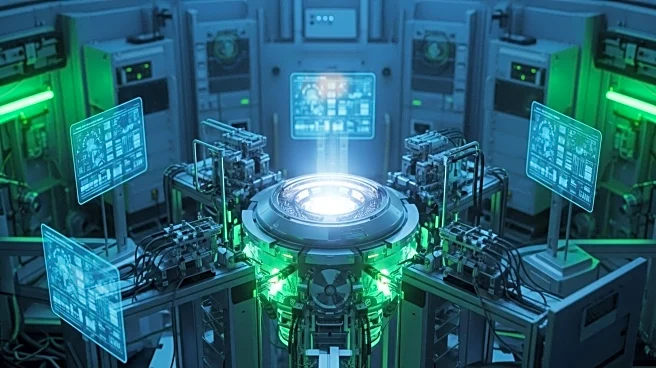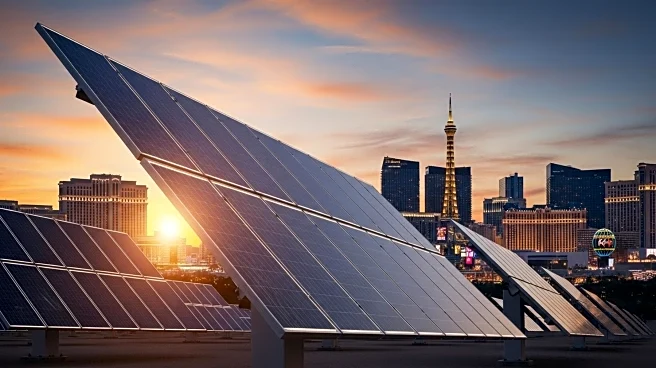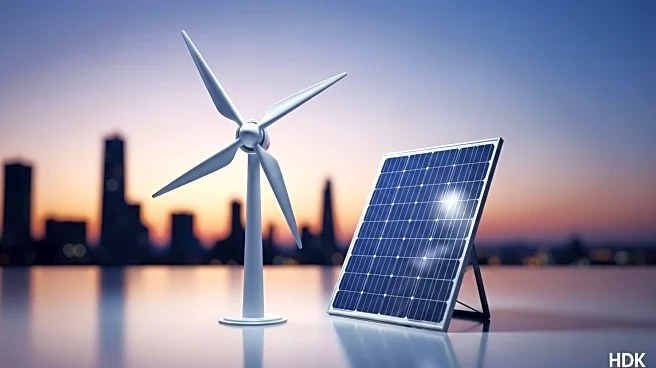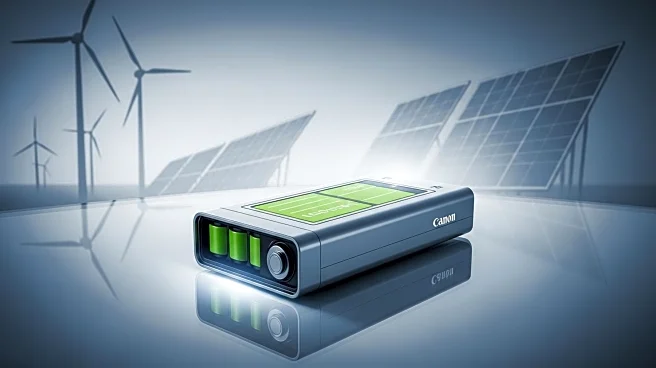What's Happening?
A recent study by Philseo Kim and Allison Macfarlane, published in Progress in Nuclear Energy, critically examines the economic and waste management claims surrounding small modular reactors (SMRs). These reactors have been promoted as a cheaper, safer, and faster alternative to traditional nuclear power plants. However, the study highlights significant uncertainties in cost projections and waste management challenges. It reveals that SMRs could generate two to thirty times more spent fuel per unit of energy compared to large reactors, with some designs producing waste streams that require new packaging and repository designs. The study questions the economic logic of SMRs, noting that smaller reactors inherently lose the cost advantages of scale.
Why It's Important?
The findings of this study have significant implications for the future of nuclear energy in the U.S. and globally. SMRs have been considered a potential solution for decarbonization, but the study suggests they may not be as economically viable or environmentally friendly as advertised. The increased waste production and higher costs could deter investment and policy support for SMRs, impacting the nuclear industry's role in achieving climate goals. Policymakers and investors are urged to demand proof of cost-effectiveness and waste management solutions before committing resources to SMR projects.
What's Next?
The study calls for independent analysis and transparency from SMR vendors regarding cost and waste data. It suggests that governments should fund limited demonstrations of SMRs, with public support conditional on milestone-based progress and transparent disclosure. The nuclear industry may need to address these challenges to gain broader acceptance and investment. Meanwhile, the focus may shift to scaling technologies like wind, solar, and batteries, which are already delivering cost-effective and fast-to-deploy solutions for decarbonization.
Beyond the Headlines
The study highlights the structural challenges in physics and economics that SMRs face, emphasizing the need for realistic assessments of their potential. It suggests that enthusiasm and marketing should not overshadow the fundamental issues of cost and waste. The broader implication is that nuclear energy, including SMRs, may play a limited role in future energy systems, with larger reactors remaining more viable under certain conditions.











